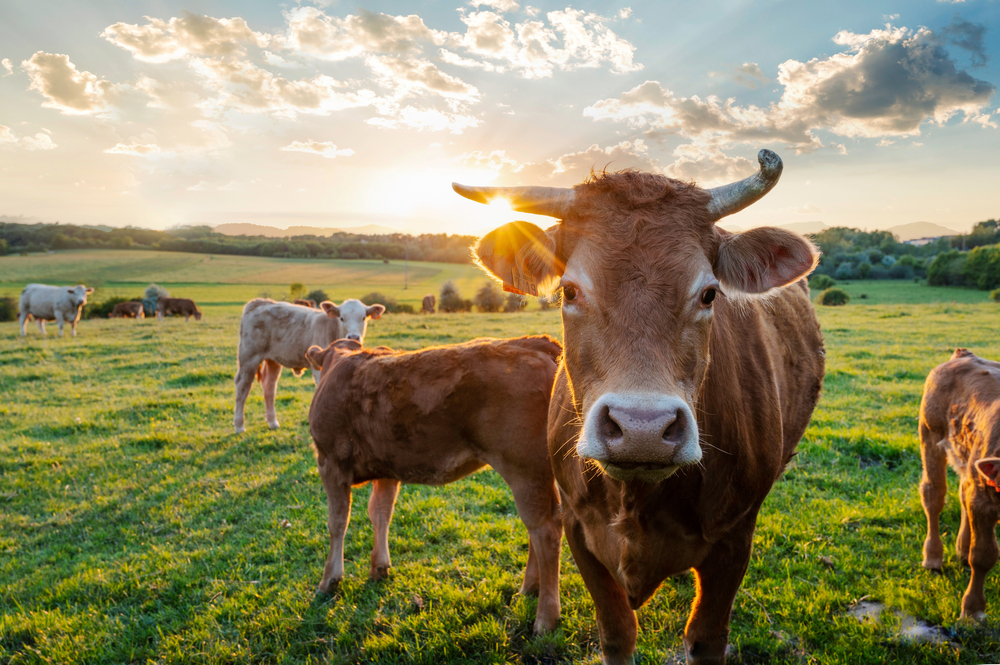Powered by Bestia Europe B.V.
10 Steps to Prevent Flies on Cattle: Causes, Risks & Proven Solutions
Flies are more than a nuisance – they pose real health risks to your livestock. They cause stress, disrupt feeding, and can spread diseases such as pink eye (infectious bovine keratoconjunctivitis). Whether you run a large beef operation or a small dairy farm, effective fly control is essential for your herd’s welfare.
Which Flies Cause the Most Problems?
You may see many types of flies around your cattle, but only a few are the real troublemakers. Knowing these species helps you choose the right strategy:
- Horn flies (Haematobia irritans) – Blood-feeding flies that cluster along the back and sides of cattle. They reproduce rapidly and can reduce milk yield and weight gain¹.
- Face flies (Musca autumnalis, also called autumn flies) – Do not bite but feed on tears and mucus around the eyes and nose, spreading bacteria that increase the risk of pink eye³.
- Stable flies (Stomoxys calcitrans) – Look like houseflies but bite, mainly on the legs and belly, causing stress and reduced feed intake.
- Houseflies (Musca domestica) – Do not bite but carry bacteria from manure to feed and water⁴.
- Horseflies and deerflies (Chrysops spp.) – Seasonal pests with painful bites, often in wooded or wetland areas.
- Warble flies (Hypoderma spp.) – Rare but dangerous; they lay eggs in or under the skin, and larvae migrate through body tissues.
10 Steps to Prevent Flies on Cattle
No single method works year-round. Combining good hygiene, smart products, and daily observation is key.
1. Keep facilities clean
Flies thrive on manure, spilled feed, and standing water. Clean pens, pastures, and barns regularly, and ensure proper drainage. Keep feed troughs dry⁴.
2. Use pour-ons or sprays
Pour-ons and sprays provide quick protection. Apply to clean animals and reapply after rain or during periods of high fly activity.
3. Apply insecticidal ear tags
Ear tags slowly release insecticide around the head for several months. Rotate active ingredients each season to prevent resistance.
4. Install dust bags or back rubbers
Place them near water or mineral stations so cattle treat themselves while rubbing.
5. Try feed-through control
Supplements containing insect growth regulators (IGRs) pass through the animal and prevent larvae from developing in manure⁵. Works best when all animals consume them consistently.
6. Encourage natural predators
Swallows, barn cats, parasitic wasps, and even free-range poultry help control flies naturally.
7. Monitor and treat wounds promptly
Open wounds attract flies. After dehorning, castration, or injuries, clean wounds immediately with Vetericyn® Antimicrobial Utility Spray to protect and hydrate tissue.
8. Use traps and premise sprays
Fly traps reduce adult fly numbers near barns and loafing areas. Apply premise sprays to walls and ceilings, removing animals during application.
9. Pay attention to vulnerable animals
Calves, postpartum cows, and injured animals need extra care⁶. Inspect them daily to catch problems early.
10. Time procedures strategically
Schedule dehorning, castration, or branding during cooler months when flies are less active. Monitor weather patterns and treat before fly populations peak.
What to Do for Fly Bites or Wounds
Even with a solid plan, flies can still bite. Here’s what to do:
- Clean the area – Gently rinse with clean water and apply an antimicrobial spray.
- Cover if needed – For larger wounds, use a light, breathable bandage to keep flies out, but avoid excess moisture.
- Watch for infection or pink eye – Swelling, heat, redness, or odor indicate infection. Excess tearing, squinting, or cloudiness may mean pink eye. Vetericyn® Pink Eye Spray soothes eyes and reduces bacteria⁷.
If maggots or severe infection are present, contact a veterinarian immediately.
Why Pink Eye and Flies Go Hand in Hand
Face flies spread pink eye by moving from one animal’s eyes to another¹. Dust, UV light, and tall grass can also irritate the eye. Early fly control and quick treatment with Vetericyn® Pink Eye Spray can prevent severe eye damage and reduce antibiotic use⁷.
Large Operations vs. Small Farms
The size of your herd shapes your fly control strategy.
Large herds benefit from ear tags, feed-through larvicides, and back rubbers.
Smaller herds may rely on hand-applied sprays, traps, and frequent pen cleaning. In all cases, hygiene, wound care, and proactive fly prevention remain the foundation.
Protect Your Herd with Vetericyn
Flies may be small, but their impact can be huge. Combining good hygiene, effective products (like Vetericyn Utility Spray and Pink Eye Spray), and daily observation gives your cattle the best chance for comfort and health. Explore our full cattle care range and be ready for fly season.
References
- Shoo Fly! Keeping Cattle Comfortable and Healthy – Texas A&M University
- Impact of Horn Flies on Cattle – Central Life Sciences
- Face Flies and Bovine Eye Health – Montana State University
- Fly Control is Critical to Livestock Health – Texas Farm Bureau
- Insect Growth Regulators – ScienceDirect
- Protecting Newborn Calves from Fly Strike – Michigan State University
- Eye Infections and Eye Disease – Prevent Blindness
Refine by
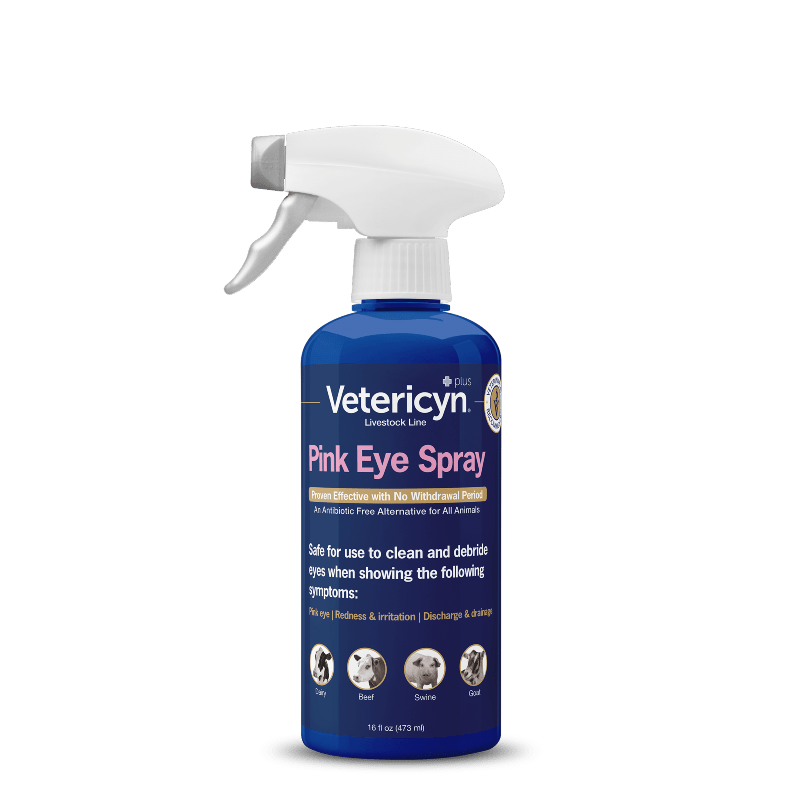
Vetericyn Plus Antimicrobial Pink Eye Spray
Vetericyn Plus Antimicrobial Pink Eye Spray
Pink Eye - Corneal ulcers and lesions - Conjunctivitis - Eyelid inflammation
€24,75
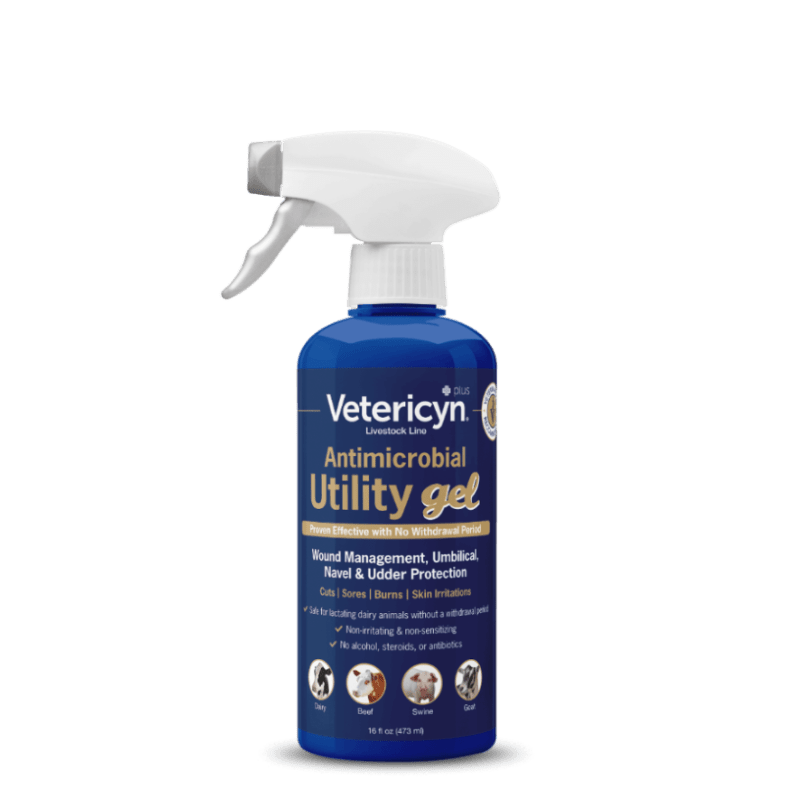
Vetericyn Antimicrobial Utility Gel Spray
Vetericyn Antimicrobial Utility Gel Spray
Teat cleansing & conditioning - Umbilical, navel, & udder protection - Castration sites - Post-surgical incisions - Ear tagging
€27,23
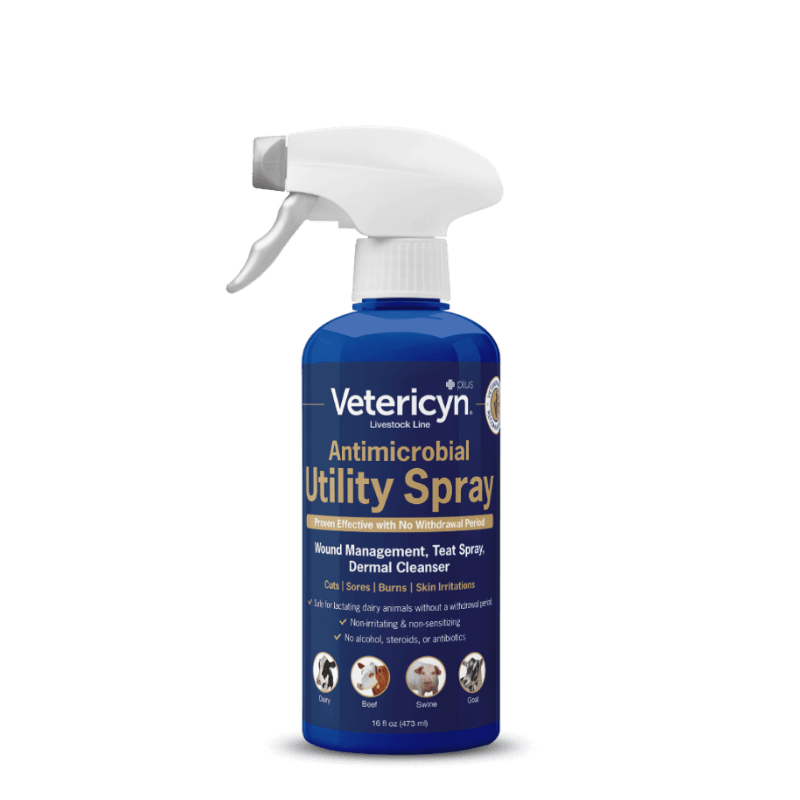
Vetericyn Antimicrobial Utility Spray
Vetericyn Antimicrobial Utility Spray
Teat cleansing & conditioning - Umbilical, navel, & udder protection - Castration sites - Post-surgical incisions - Ear tagging
€24,75
New!
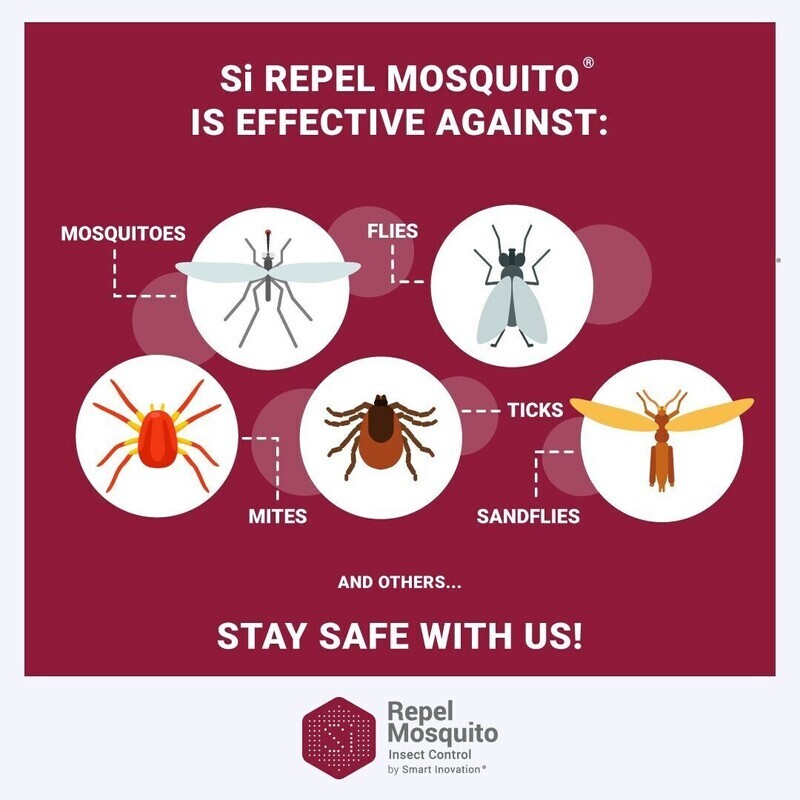
SI Repel Mosquito® Introduction
SI Repel Mosquito® Introduction
Si Repel Mosquito® is a safe and effective repellent that drives insects away; it does not kill them.
€14,01
Display prices in:EUR
